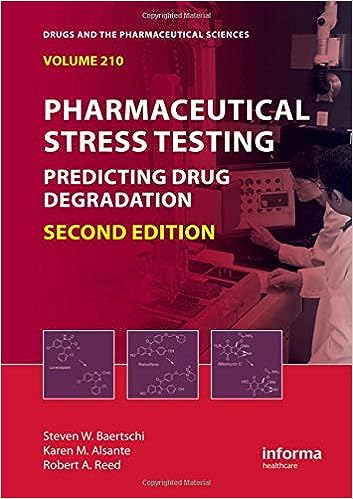Stability Studies for External Preparations (Topical Products)
Stability studies for external preparations, also known as topical products, involve assessing the physical, chemical, and microbiological attributes of products applied to the skin or mucous membranes. These studies ensure that the product remains safe, effective, and suitable for use throughout its intended shelf life. Conducting stability studies for external preparations involves several important steps:
Study Design:
1. Objective Determination: Define the study’s goals, including the attributes to be evaluated (e.g., appearance, pH, viscosity, active ingredient content).
2. Storage Conditions: Choose appropriate storage conditions that simulate real-world use. Consider factors such as temperature, humidity, and exposure to
3. Sample Selection: Select representative samples from different batches of the topical product. These samples should accurately reflect the product’s variability.
Testing Parameters:
1. Appearance and Color: Monitor changes in product color, clarity, and physical appearance over time.
2. pH and Viscosity:
Measure pH and viscosity to assess changes that could impact product effectiveness and experience.3. Active Ingredient Content: Quantify the active ingredient’s concentration to ensure it remains within acceptable limits.
4. Microbiological Stability: Evaluate the effectiveness of preservatives in preventing microbial growth. Monitor the product for microbial contamination.
Container Compatibility:
1. Container Interaction: Assess the interaction between the product and its packaging material. Leaching or absorption of container components can affect stability.
2. Labeling and Packaging: Ensure that labels remain legible and intact, and that packaging materials do not adversely affect the product.
Accelerated and Long-Term Studies:
1. Accelerated Stability Studies: Subject samples to elevated temperature and humidity conditions to accelerate degradation. These studies provide insights into potential degradation pathways.
2. Long-Term Stability Studies: Store samples under recommended conditions to assess the product’s stability over its intended shelf life.
Analytical Testing:
1. Validated Methods: Employ validated analytical methods to accurately assess product attributes, including spectrophotometry, chromatography, and microbiological assays.
Data Analysis and Documentation:
1. Data Interpretation: Analyze collected data to identify trends, potential degradation pathways, and changes in product attributes.
2. Comprehensive Records: Maintain detailed records of study protocols, reports, and data to ensure traceability and regulatory compliance.
Stability studies for external preparations are critical to ensuring that topical products remain safe, effective, and suitable for use by patients. The results of these studies guide decisions regarding labeling, storage recommendations, and regulatory submissions.
